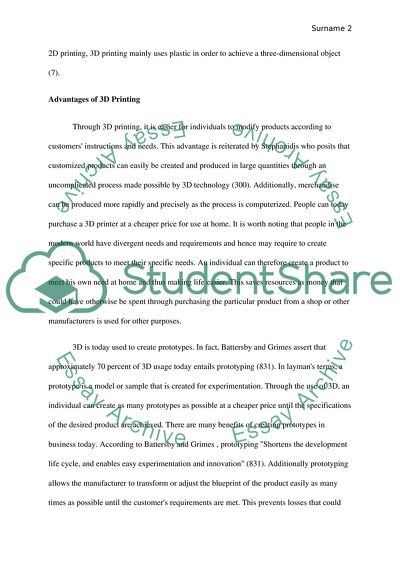Cite this document
(“3D printing Essay Example | Topics and Well Written Essays - 1500 words”, n.d.)
3D printing Essay Example | Topics and Well Written Essays - 1500 words. Retrieved from https://studentshare.org/miscellaneous/1666895-3d-printing
3D printing Essay Example | Topics and Well Written Essays - 1500 words. Retrieved from https://studentshare.org/miscellaneous/1666895-3d-printing
(3D Printing Essay Example | Topics and Well Written Essays - 1500 Words)
3D Printing Essay Example | Topics and Well Written Essays - 1500 Words. https://studentshare.org/miscellaneous/1666895-3d-printing.
3D Printing Essay Example | Topics and Well Written Essays - 1500 Words. https://studentshare.org/miscellaneous/1666895-3d-printing.
“3D Printing Essay Example | Topics and Well Written Essays - 1500 Words”, n.d. https://studentshare.org/miscellaneous/1666895-3d-printing.


